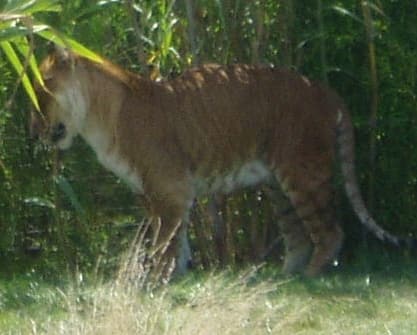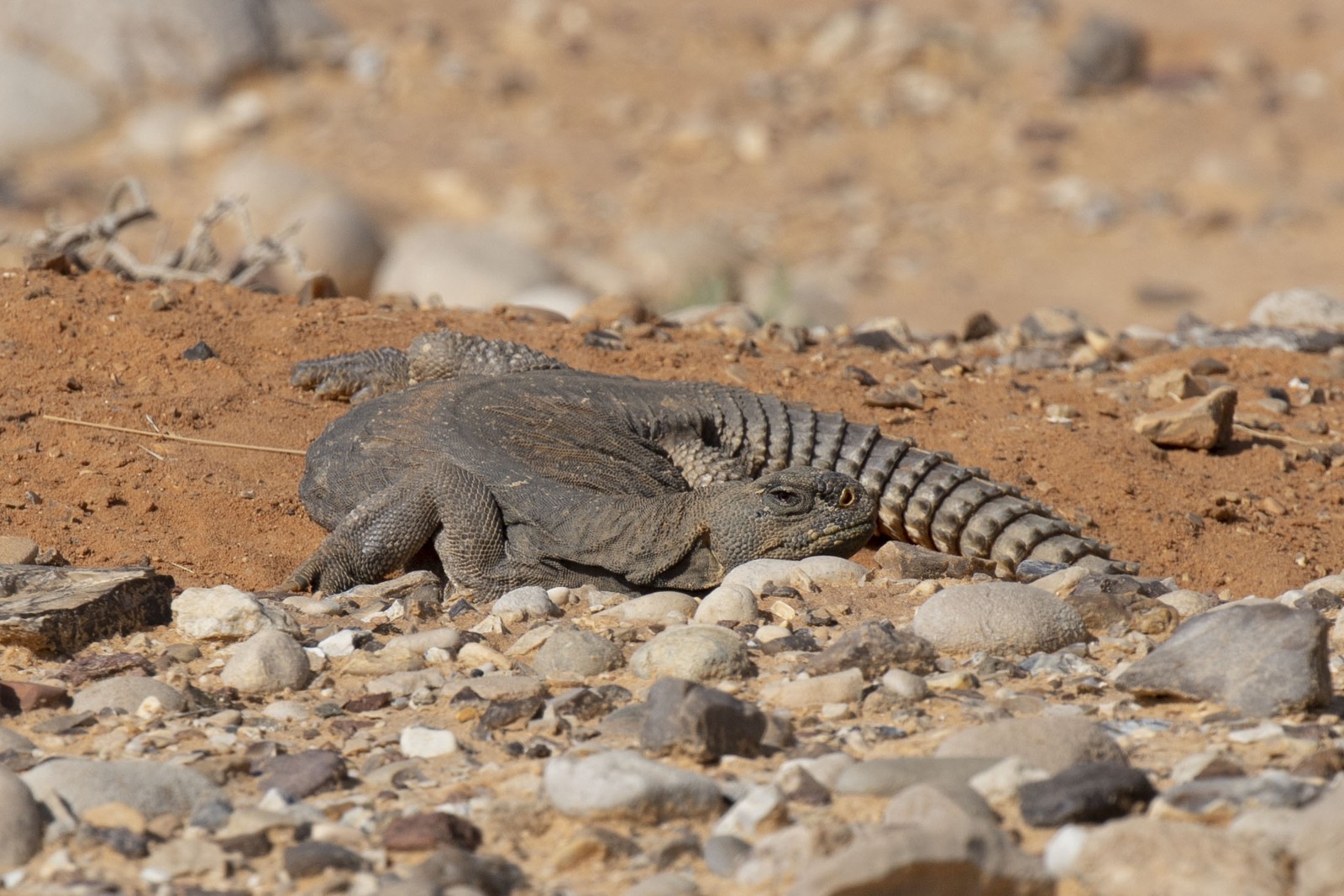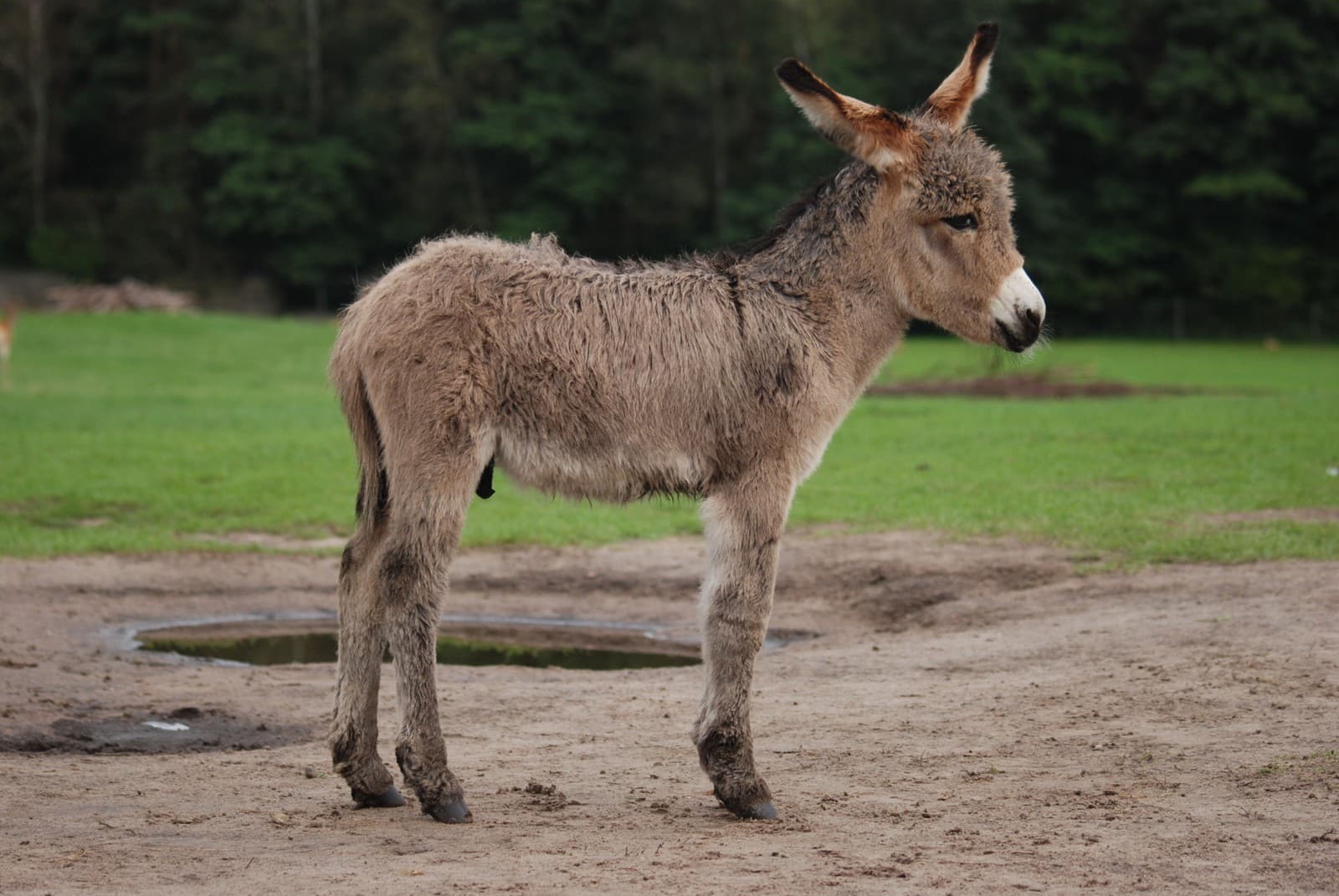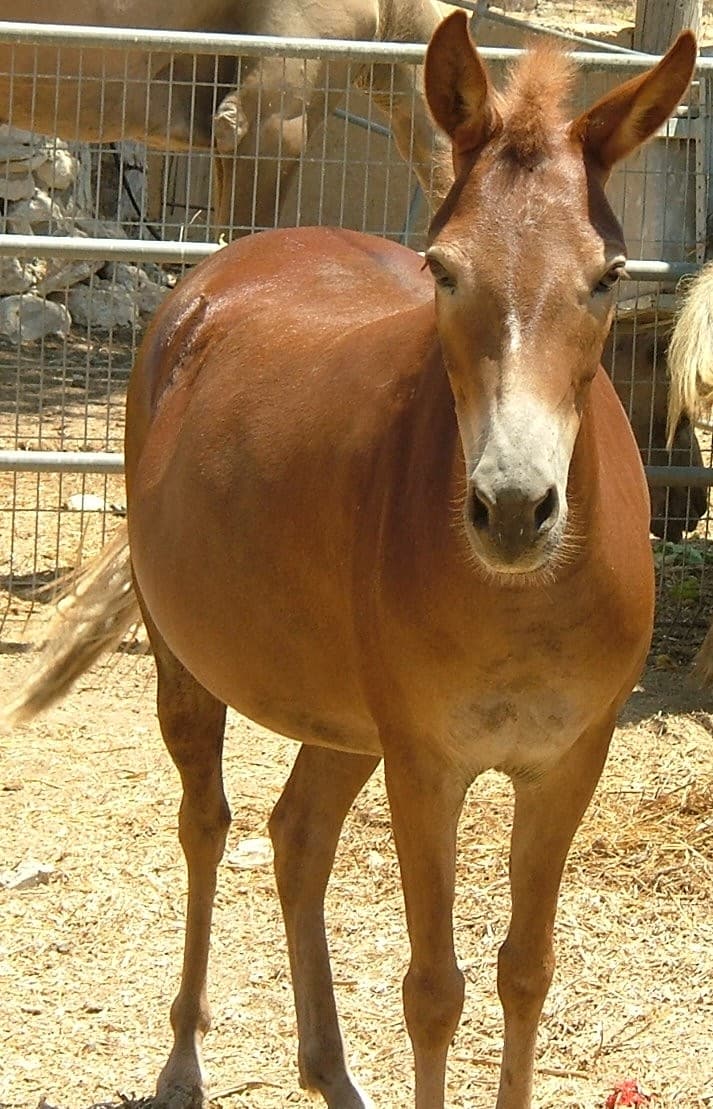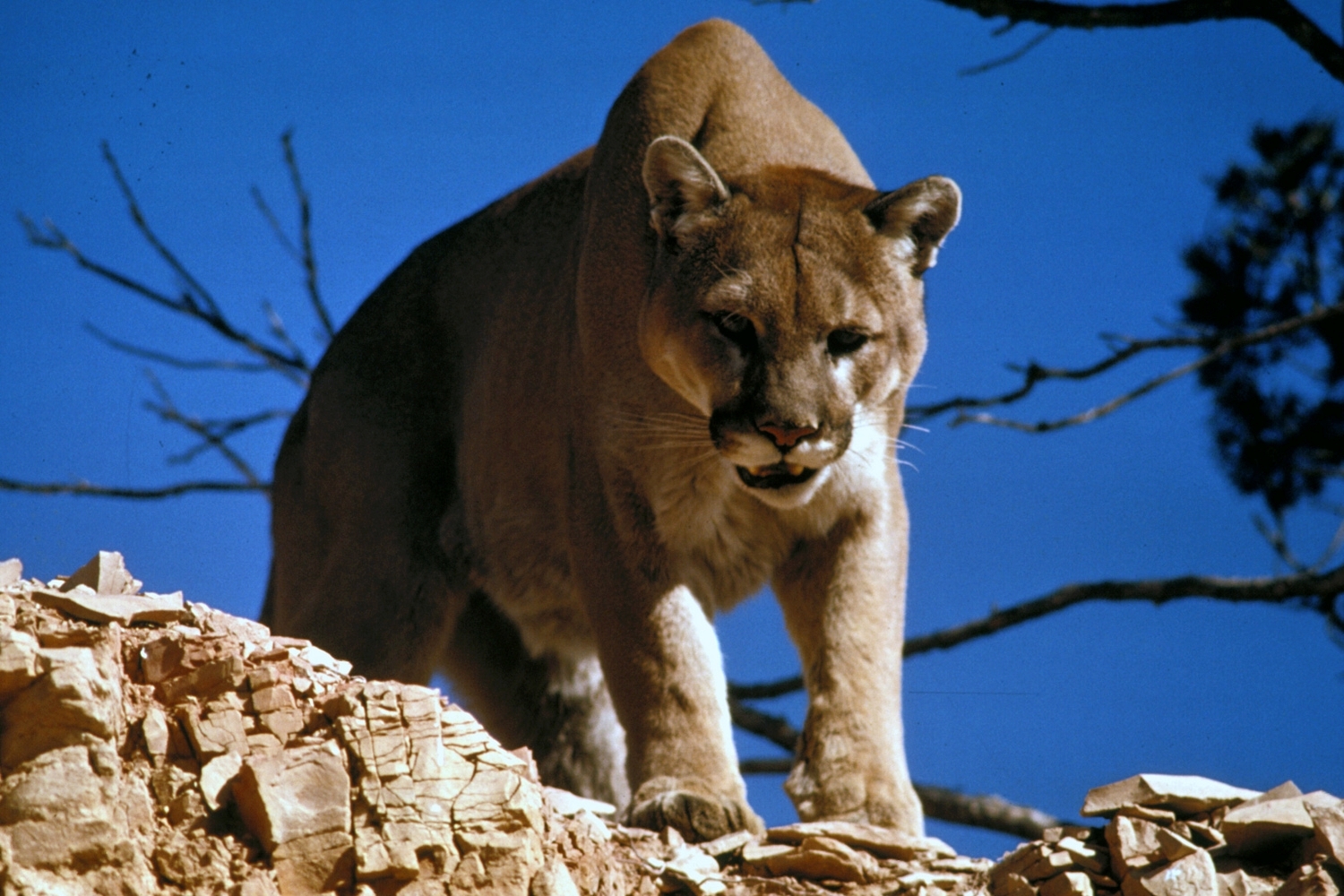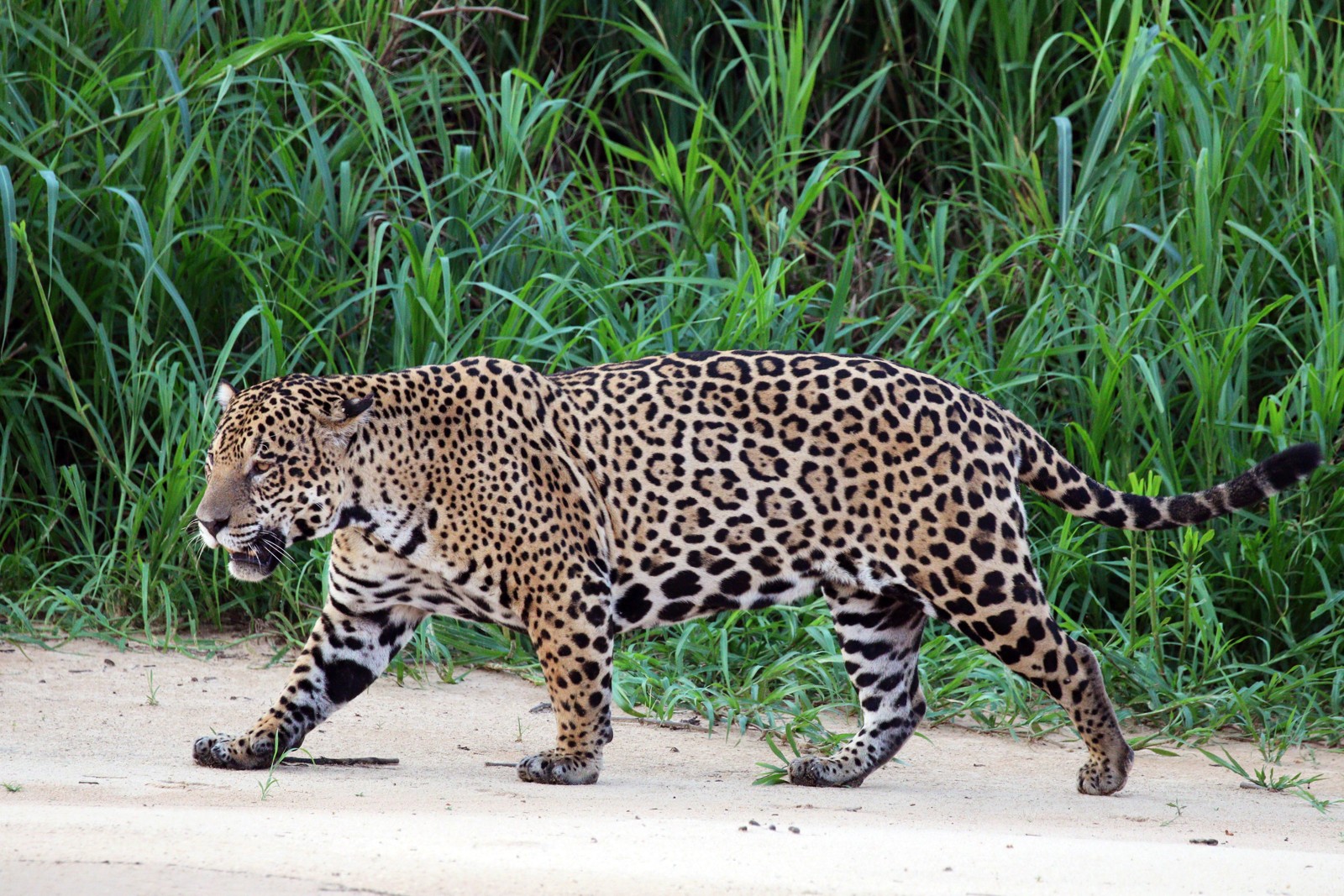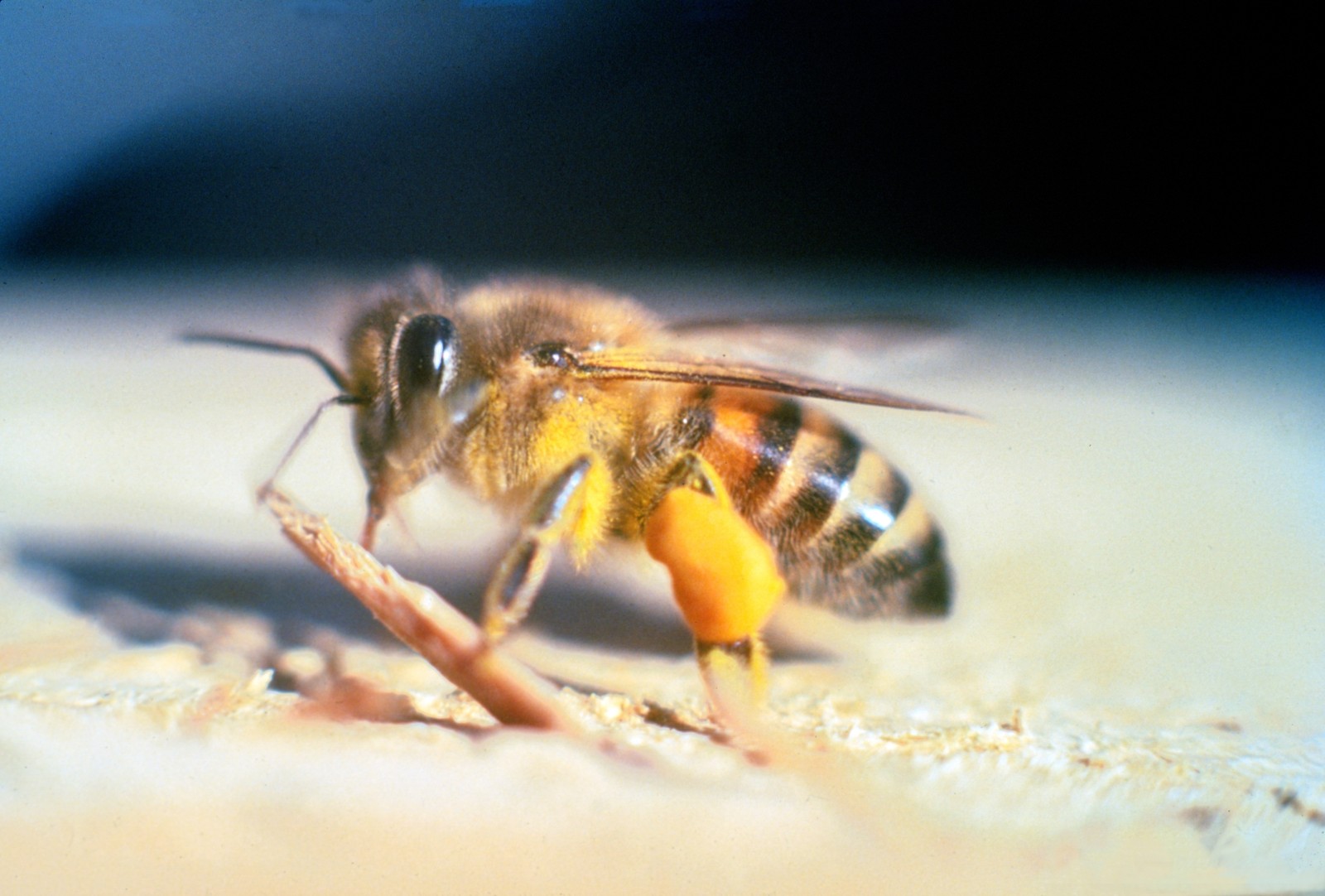Orca vs Great White: A Complete Comparison
In the realm of marine apex predators, the Orca (Orcinus orca) and Great White shark (Carcharodon carcharias) stand as nature’s ultimate ocean hunters. While the Great White reaches impressive lengths of 20 feet (6.1 meters), the Orca dwarfs it at up to 32 feet (9.8 meters) and can weigh up to 22,000 pounds (10,000 kg) – nearly four times that of the largest Great Whites.
Beyond size differences, these marine giants showcase remarkably different hunting strategies and social behaviors. Orcas hunt in coordinated family pods using sophisticated communication and problem-solving abilities, while Great Whites are typically solitary hunters relying on stealth and powerful burst attacks. This fundamental contrast shapes every aspect of their lives as apex predators.
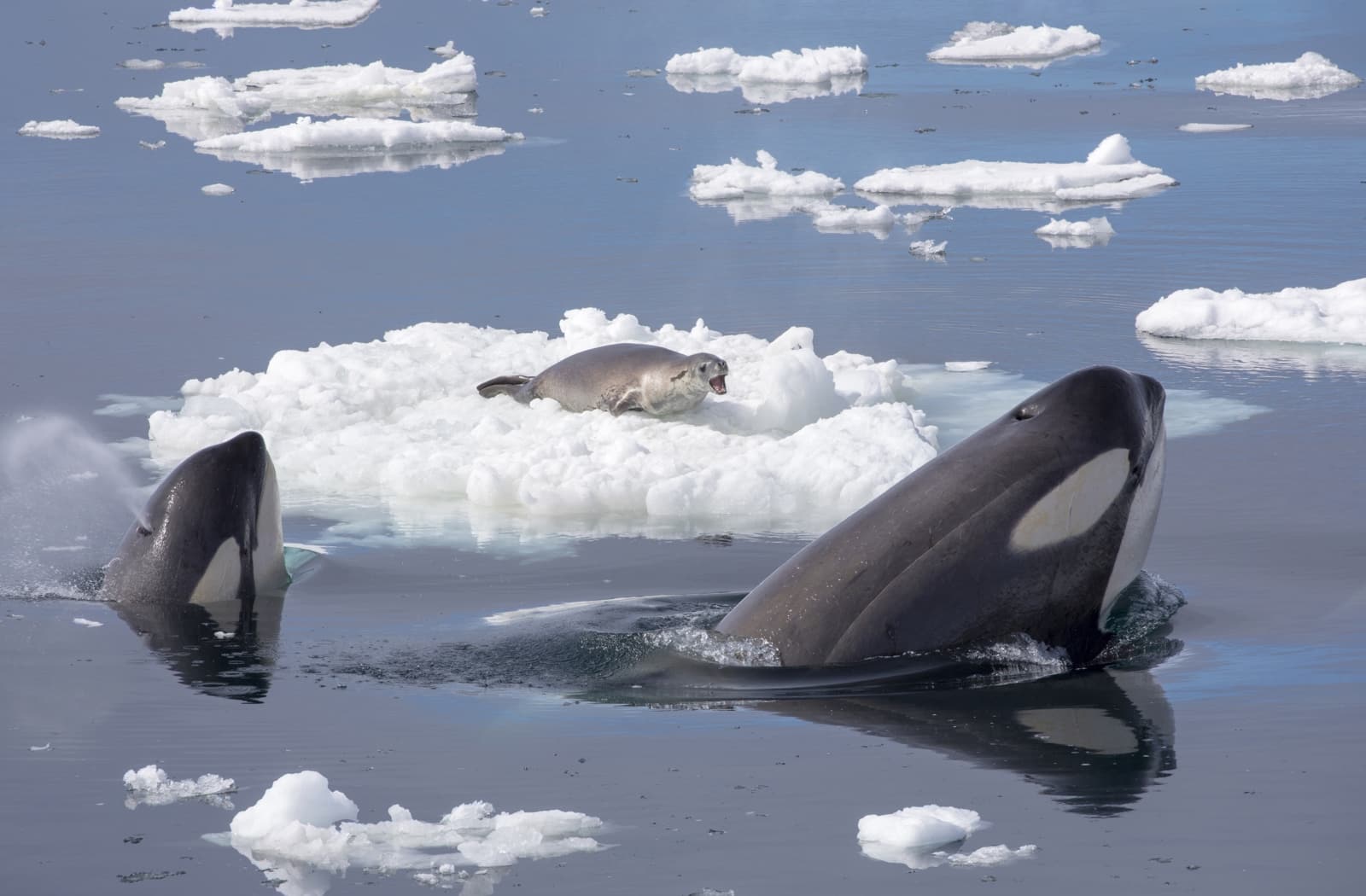
© Callan Carpenter / CC BY-SA 4.0
Orcas demonstrate their supreme hunting prowess as they stalk a seal in Antarctic waters. Their coordinated hunting behavior and intelligence allow them to create waves that can wash prey off ice floes – a technique passed down through generations.
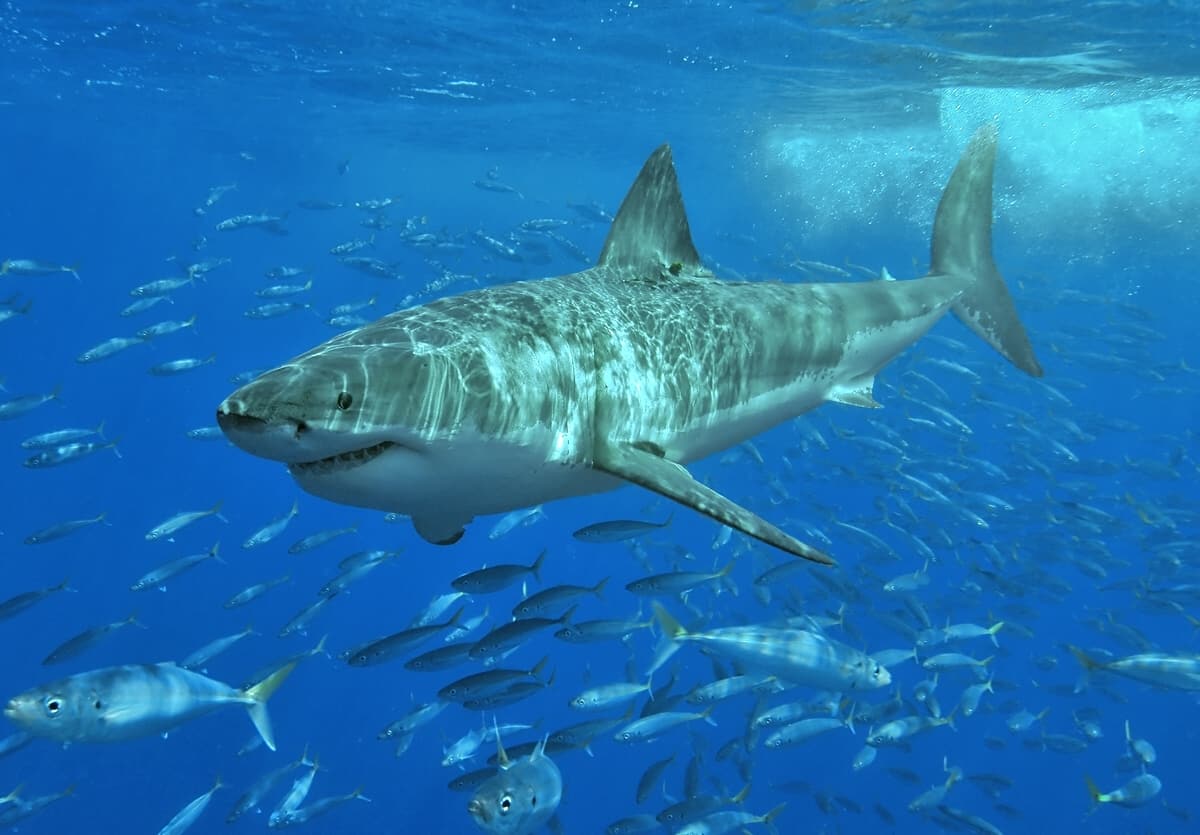
© Pterantula (Terry Goss) at en.wikipedia / CC BY 2.5
A Great White shark patrols clear waters, showcasing its powerful build and countershading camouflage. This perfect predatory design has remained largely unchanged for millions of years, proving its evolutionary success.
Key Differences: Orca vs Great White Comparison
| Feature | Orca | Great White |
|---|---|---|
| Size | 20-32 ft (6.1-9.8 m) | 15-20 ft (4.6-6.1 m) |
| Weight | 8,000-22,000 lbs (3,600-10,000 kg) | 2,450-5,000 lbs (1,110-2,268 kg) |
| Lifespan | 50-90 years | 70+ years |
| Social Structure | Complex family pods | Primarily solitary |
| Intelligence | Highly intelligent, cultural learning | Basic predatory instincts |
| Hunting Style | Cooperative, strategic hunting | Ambush predator, solitary hunter |
Hunting Strategies and Prey Selection
Orcas and Great Whites employ vastly different hunting techniques. Orcas hunt cooperatively in pods, using sophisticated strategies like carousel feeding and wave washing. They communicate through complex vocalizations and can coordinate attacks on prey much larger than themselves, including other whales.
Great Whites, conversely, are ambush predators that rely on stealth and explosive speed. They often attack from below, using their countershading camouflage to remain undetected until the final moment. Their primary hunting strategy involves a powerful initial bite followed by waiting for the prey to weaken from blood loss.
Intelligence and Social Behavior
The intelligence gap between these predators is substantial. Orcas possess the second-largest brain-to-body ratio among marine mammals and demonstrate complex cultural behaviors, tool use, and multi-generational learning. They maintain lifelong family bonds and develop distinct hunting techniques that vary between populations.
Great Whites, while excellent hunters, operate primarily on instinct. They show basic learning capabilities and can remember specific locations, but lack the sophisticated social structures and cultural learning observed in Orcas.
Who Would Win in a Confrontation?
Scientific evidence strongly favors the Orca in direct confrontations. Documented encounters show that Orcas can successfully target and kill Great Whites using sophisticated hunting techniques. They specifically target the shark’s liver, rich in nutritious squalene, by forcing it to the surface and striking from below. The presence of Orcas in an area typically causes Great Whites to abandon their traditional hunting grounds for extended periods.
Conservation Status and Threats
Both species face significant conservation challenges:
-
Orcas:
- PCB contamination
- Noise pollution
- Reduced prey availability
- Boat traffic disturbance
-
Great Whites:
- Shark finning
- Fishing net entanglement
- Habitat degradation
- Climate change impacts
Understanding these apex predators’ roles in marine ecosystems remains crucial for their conservation. While they may compete at the top of the food chain, both species play vital roles in maintaining healthy ocean ecosystems through their distinct hunting strategies and behavioral patterns.

